Tanker vetting is a vital process for ensuring the safety, quality and environmental performance of vessels in the maritime industry. The Ship Inspection Report Programme (SIRE) is one of the most widely used and respected vetting systems in the world, with over 20,000 inspections conducted annually by accredited inspectors.
However, the current SIRE programme, which was launched in 1993 and last updated in 2018, has some limitations and challenges that need to be addressed to keep up with the changing times and expectations of stakeholders. That’s why the Oil Companies International Marine Forum (OCIMF), which regulates these inspections, is introducing SIRE 2.0 to replace VIQ7. To prepare for the transition to SIRE 2.0, OCIMF has developed a series of short training videos on the technical and human aspects of the new inspection program.
Source: OCIMF
SIRE 2.0, which will apply to tankers, gas and chemical carriers greater than 150 GRT, will digitise the process of inspections and incorporate new features and enhancements that aim to improve the quality and consistency of inspections, reduce the administrative burden for operators and inspectors, and provide more accurate and comprehensive information on vessel performance.
Some of the key changes and benefits of SIRE 2.0 are:
- Human factor: SIRE 2.0 recognizes the crucial role that crew members play in maintaining vessel safety and performance. The new inspection framework involves interviewing and assessing more crew members during the vetting inspection, ensuring that they are well-prepared to address any SIRE 2.0 question relevant to their vessel and demonstrating their effective operation of the vessel on a day-to-day basis. OCIMF’s training videos explain how human factors affect SIRE 2.0 inspections and onboard roles.
- Digitalization: SIRE 2.0 has also embraced digitalization to streamline the inspection process and improve communication between stakeholders. Inspectors now use intrinsically safe tablets to complete onboard vetting inspections in real-time and generate inspection reports. This digital approach allows for more efficient data collection and sharing, reducing the time spent on paperwork and enhancing the overall inspection experience for both inspectors and tanker operators.
- Vessel photographs: The updated SIRE 2.0 program places a greater emphasis on vessel photographs in the inspection process. These photographs provide visual evidence of the vessel’s condition and compliance with regulations. Tanker operators are now required to follow standardized photo-taking guidelines and upload the images to a dedicated Photo Repository. Ensuring that photographs are accurate, up-to-date (not older than 6 months), and in line with the OCIMF guidelines.
- Risk-based questionnaire: While the current SIRE programme uses a standardized questionnaire, SIRE 2.0 will be based upon a risk-based questionnaire that will more accurately report on the quality of a vessel and its crew (on an ongoing basis) and indicate future likely performance, using enhanced tools, strengthened governance processes and more in-depth reporting outcomes.
- Continuous improvement: SIRE 2.0 will also enable continuous improvement of the inspection regime by providing feedback mechanisms for operators and inspectors, conducting regular audits and reviews of inspection data, and implementing corrective actions as needed.

Source: OCIMF
SIRE 2.0 is expected to roll out to the industry in a phased approach starting from Q1 2023. Until then, the current SIRE program will continue to be updated and improved to incorporate the latest standards, best practices, and regulations.
SIRE 2.0 is a transformational step in the vessel inspection program that will bring significant benefits for tanker operators, charterers, regulators and other stakeholders in terms of safety, quality, efficiency and transparency. Tanker operators should start preparing for the transition to SIRE 2.0 by familiarizing themselves with the new requirements, updating their documentation and procedures, training their crew members, and ensuring their vessels are in optimal condition.
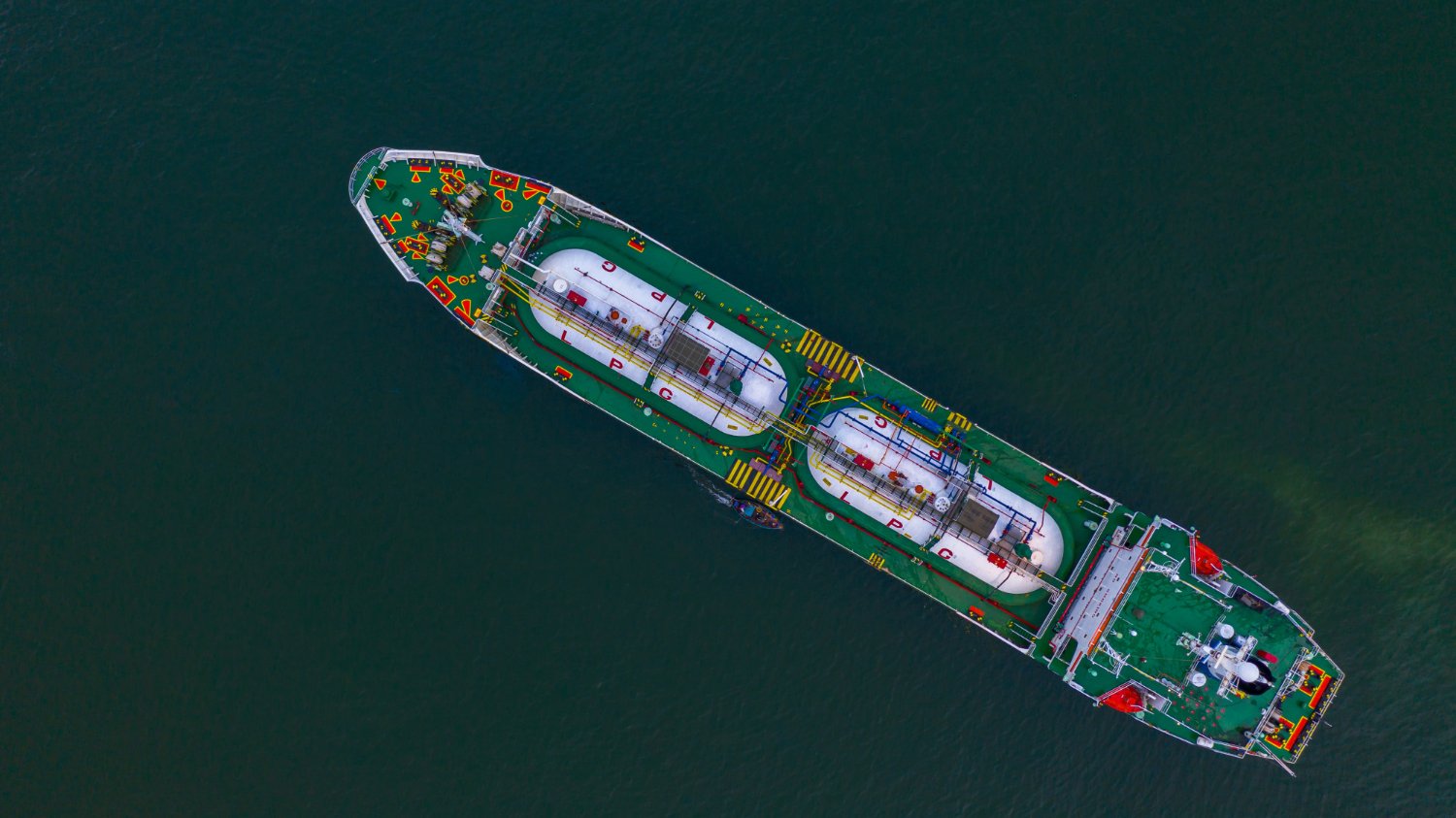
Should you want to learn more about SIRE 2.0 and how to prepare for the new inspection regime, you can enroll in our tanker vetting course. This course will provide you with the necessary updates and new concepts in order to comply with the SIRE 2.0 standards and expectations. To register for the course, please visit our catalogue or contact us at info@learnmarine.com. Don’t miss this opportunity to enhance your safety and performance onboard!


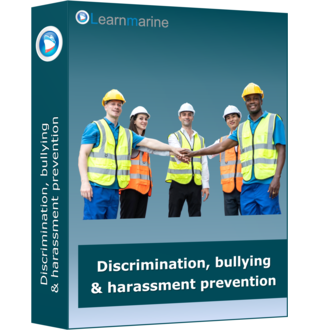
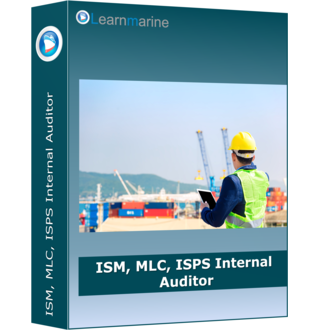

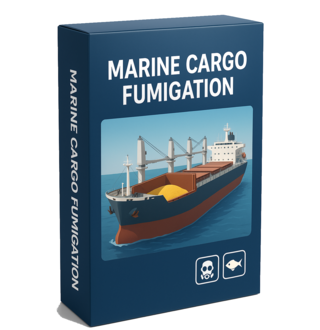

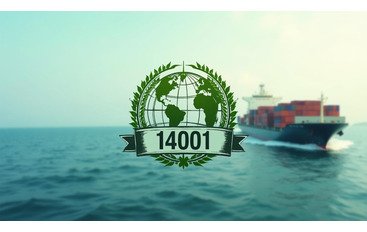
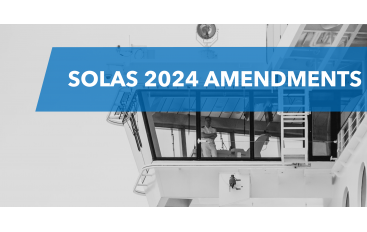
Comments